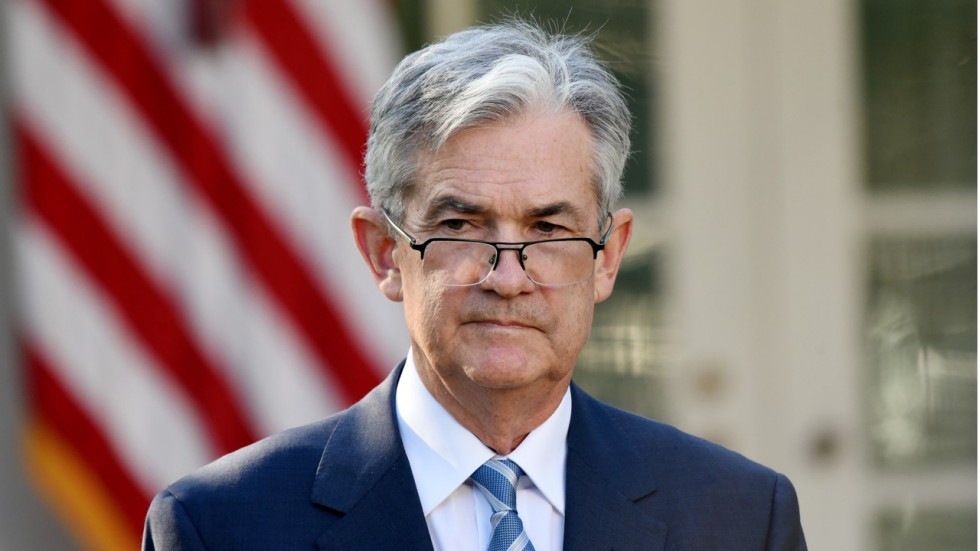
Federal Reserve Chairman Jerome Powell expressed confidence in U.S. economic strength Wednesday and said markets will have to get used to the idea that the central bank could raise rates at any time starting in 2019.
During a question-and-answer session in Dallas, Powell conceded that the global economy is not growing at the same pace it was last year. But he said overall the domestic picture looks good. He described the global picture as a “gradual chipping away” at the pace of growth but said it is “not a terrible slowdown.”
“I’m very happy about the state of the economy now,” he said in an interview with Dallas Fed President Robert Kaplan. “Our policy is part of the reason why our economy is in such a good place right now.”
That confidence has translated into a commitment by the policymaking Federal Open Market Committee to continue to increase short-term interest rates in a gradual but steady manner. The committee has approved three quarter-point increases this year and is expected to go through with a fourth in December.
Powell has faced some criticism for the Fed’s policy. President Donald Trump has been vocal in his belief that the central bank’s interest rate policy is the biggest threat to the growth seen during his administration.
For his part, Powell has refused to be drawn into a public debate with the president, maintaining that the Fed is independent and will continue to do what it thinks is best to maintain economic growth while keeping inflation under control and ensuring financial stability.
“We have a very important job that Congress has assigned us: Serve the public,” he said. “That’s our sole focus. We don’t try to control things we don’t control. We try to control the controllable. We’re just trying to do our jobs, and we’re doing fine.”
Powell did nothing to dispel anticipation that the rate hikes would continue. In fact, he said that in 2019, investors should know that the practice of the Fed only hiking rates quarterly, at meetings where the chair holds a news conference afterwards, will no longer be the case.
That’s because Powell announced earlier this year that he will be meeting with the press after all eight FOMC meetings. The committee has not wanted to make rate decisions without the public having the benefit of hearing the chair explain why.
“Certainly all meetings are live now, there’s no question about it now,” he said.
“Over time, folks will get used to the idea that we can and will move at any meeting,” he added.
However, he did say the Fed will continue to monitor financial conditions.
“We have to be thinking about how much further to raise rates and the pace at which we will raise rates,” he said. “I think the way we will be approaching that is to be looking really carefully at how the markets and the economy and business contacts will be reacting to our policy.”
“Our goals will be to extend the recovery … and to keep unemployment low and inflation low. So that’s how we’re going to think about it,” he added.
Asked about the recent market volatility, which brought the major averages close to correction levels of a 10 percent decline, Powell said stock prices are “one of many, many factors” used to assess the economy.
U.S. vs the world in growth
The Fed has been hiking interest rates as the U.S. economy has escaped the tepid pace of GDP growth that had plagued the recovery. The economy has maintained a 3 percent-plus growth rate through the year and is expected to close the fourth quarter around the same level.
Globally, the case has been different. The synchronized growth that had been the big story of 2017 has faded, putting the U.S. ahead of many of its global peers.
“Our mandate is for U.S. economic conditions — stable prices, maximum employment and financial stability, but it’s really important what happens around the world,” Powell said.
“A strong U.S economy is good for the global economy,” he added later.
Powell repeated concerns brought up in the past about the unsustainability of the current fiscal path in the U.S. Debt and deficits continue to pile up, with the national IOU over $21 trillion and the budget shortfall approaching $1 trillion a year.





























